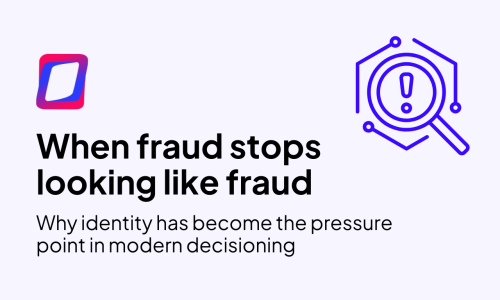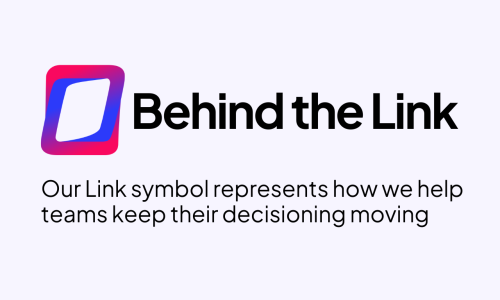The Benefits of Mobile Banking for Users
Mobile banking is not the same as online banking. Online banking simply requires internet access. Mobile banking requires the bank’s own mobile app.
The growing popularity of mobile banking has led to an explosion in financial transactions. The use of technological solutions, such as those offered by GDS Modellica, has become indispensable for guaranteeing security
These days, banks offer customers a range of digital channels to carry out their financial transactions without having to go to a branch, saving them both time and money. One such channel is mobile banking, where customers can receive notifications on their mobile phones and perform all kinds of operations, such as transfers and payments. And they can do all this easily and securely, 24 hours a day. The service does not depend on the mobile operator and does not require the customer to have a data plan or credit on their phone.
Online banking is slightly different. With online banking, you simply need internet access, whereas, with mobile banking, you need to download the app provided by your bank. There are many, many benefits to mobile banking, including the following:
- They do not accumulate charges for minutes or text messages;
- They do not require an internet connection, so there are no data costs;
- They are available 24 hours a day, seven days a week;
- They are covered by high levels of security;
- They work all over the world;
- They provide a wide range of services: balances, credit card payments, bills, etc.;
- You can use them to top-up the credit on a pre-pay phone;
- They provide greater flexibility, reduce the cost of transactions and increase security;
- You do not require computer or internet access to perform transactions;
- They promote the democratisation of financial services and products, providing more convenience for people living in rural areas.
Ultimately, when it comes to managing their finances, customers look for security, convenience and ease of use. In the past, customer service and location were key factors when choosing a bank. Today, a user-friendly mobile app will be much more important. The more intuitive app, the more users it will attract and retain through the bank’s various products and services. These days, banking apps also offer greater personalisation options whilst always guaranteeing the highest levels of security and data protection.
As far as financial institutions are concerned, mobile banking reduces operating costs because customers no longer have to go to a physical branch to manage their money. As a result, banking transactions have multiplied exponentially, and they are getting quicker all the time. Transactions can be completed, approved and verified in literally a matter of seconds. And with the added data analysis and encryption, customers can be sure that the operation is completely secure.
Furthermore, by analysing transaction data, financial institutions have the opportunity to identify behaviour patterns, increase security and monitor transactions, thereby optimising the level of service. According to Antonio García Rouco, managing director at GDS Modellica, this analysis “provides numerous benefits, including access to historical data and the ability to safely add more data. Data is organised and structured so that it can be reviewed and evaluated according to the needs of the bank, helping to reduce the risk of data loss or manipulation”. García Rouco also points out that “good analysis makes it possible to gain historical insights for later analysis whilst also monitoring current data in real time”.
Lastly, García Rouco underlines that “having an analysis platform facilitates closer cooperation between financial partners. It reduces risk by providing a comprehensive view of data and provides a better understanding of the current situation. This, in turn, leads to more accurate forecasting. That is why companies, organisations and financial institutions turn to specialised firms like ours to ensure the security of their transactions and address potential threats and risks”.
Recent articles

When Fraud Stops Looking Like Fraud
Read article
Behind the Link
Read article





